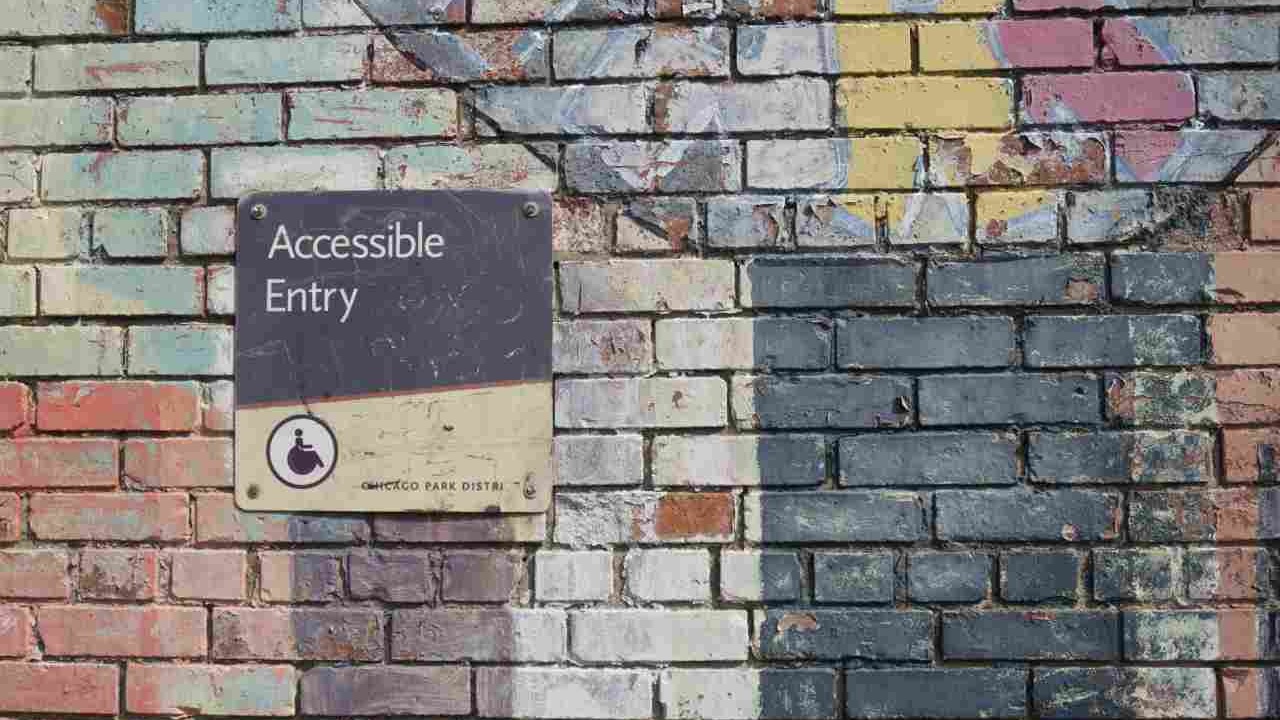
Last month was Global Diversity Month, so let's take a look at how accessibility and project management are related. Accessibility is concerned about whether all users will have an equal experience with an product or service - in other words, the output of a project. Anything that makes it difficult or impossible for a person with a temporary or permanent disability to equally use your product or service should be considered as part of the product or service development.
Why is this important? Various estimates suggest that you will exclude somewhere between 10 and 20 percent of the population if you do not consider accessibility. Accessibility considerations should be at least considered for all project plans, regardless of the product, service, or industry. Buildings should have automatic doors and wheelchair ramps, while web site and product designs should avoid certain colors and low contrast images.
Common accessibility issues include a variety of physical impairments, including visual, auditory, mobility. Other medical conditions are included such as learning disabilities and seizures. Other accessibility barriers can include environmental conditions (e.g., cell phone use underground) or incidental issues (e.g., I have an eye infection and have a patch on so I can only see with one eye).
You will need to make an informed decision about the need to consider accessibility and the types of accessibility barriers that exist. Here are some tips to better consider the issues:
- Look at potential users from the broadest sense. There is a broad spectrum of accessibility issues with varying severity. As you are considering your use cases, look at the ones most relevant to your project and consider how your requirements can address them.
- Be familiar with ADA (Americans with Disabilities Act) regulations. If you are in the US, visit ADA.gov. If you are outside the US, you may want to consider if these might be useful to your projects, as the US has some of the strongest laws. This is especially useful to make sure your construction projects are in compliance and accessible for all.
- Use pre-developed components created by experts in accessibility. While this seems to apply mostly to software, I'm sure there are examples in other industries. Many software components and plug-ins have been built with accessibility in mind. Use them where possible to avoid extra work.
- Continuously improve as you discover accessibility issues. As you learn about accessibility issues for your products and services, be sure to consider adding the accessibility changes your team made to future projects.
Have you had any interesting experiences with adding accessibility to projects? Please let us know in the comments below!
Subscribe for Our Project Management Resources, Best Practices, and Tips
Confirm your subscription to receive an email with immediate download access to Project Manager's Resources, a valuable list of books and web sites.
Get the latest tips and updates sent directly to your inbox monthly.
We hate SPAM. We will never sell your information, for any reason.
